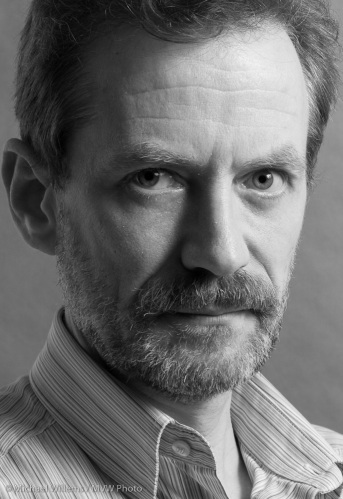BKKphotographer asks:
“Are Canon’s Picture Styles important in your workflow? Do you, for example, create your own and download them to your cameras? I started to get interested in them, until I started using Lightroom. LR does not understand them per se but it attempts to approximate the standard Canon styles with its Camera Calibration Profiles.
If I make my own Picture Style and use it on my camera it gets lost when I import to Lightroom. I think they are only useful in a workflow that is based on Canon Digital Photo Professional.
I find that whole subject very confusing – for example how those profiles relate to LR’s Develop Presets.
I think this area is a prime candidate for your clear concise explanatory skills!”
Well, I’ll do my best. Although In fact I think you are doing very well yourself, in the explanation above.
What are Picture Styles?
Camera Picture Styles are ways to handle (a.k.a. edit) the information that comes from your sensor. You can set these styles on your camera. Contrast, sharpening, colour balance, saturation, even curves are all part of such a style. If, for example, you set your in-camera style to “Landscape”, you get sharper images, with a tad more contrast and ever so slightly enhanced blues and greens. Portrait Style means less sharpness (who wants to emphasise wrinkles!). In a sense, these Picture Styles are like choosing a particular film.

What happens to you image in camera?
If you shoot JPG, your chosen Picture Styles settings are applied to the sensor information, and the resulting JPG has them incorporated (e.g. it has enhanced blues and greens, and is sharpened).
But if on the other hand you shoot RAW, the style settings are not “applied” – instead, they are “attached”. (The RAW file contains a field that says “oh, and the user set the camera to Landscape Style when he took this picture). It is then up to the software you use at the other end (on your PC or Mac) to apply the settings.
What happens afterward?
If you use Canon DPP (Digital Photo Professional), it knows the camera’s built-in Picture Styles. So if it sees a RAW image with style “landscape” set in the attached info, it knows exactly how to apply that style. And it automatically does that, so the RAW image looks the way it looks on the back of the camera.
If on the other hand you use Lightroom, or Photoshop, or some other software, it does not know the exact meaning of Canon’s “Landscape Style”. Your camera maker, of course, in its usual controlling manner, does not share this information. (Hey – why would you share stuff that would make your photos better and hence your cameras more popular!)
So now what?
So now you have to do it yourself in software. Take the unaltered file, then enhance the sharpness, apply the right contrast, and so on. This is inconvenient. So Lightroom attempts to do it for you. Adobe has built in (for RAW files for some, but not all, cameras) its own camera-specific develop settings. When I import an image from my 1D, for instance, I can now set it to “Camera Landscape”. That approximates the in-camera setting very well.
But when you have made your own Picture Styles and uploaded those to the camera, as indeed you can, then these are not known at all to Lightroom, so you have to make your own develop settings in Lightroom to mimic your self-developer camera Picture Styles. You can – but is it worth it? It would take a lot of time.
So what does Michael think?
I think Picture Styles are only really worth it if you stick to DPP. I also think that if you shoot RAW, the main advantage of these Styles is “how you see the image on the back of your LCD” and “how quickly you get to an OK-looking JPG later”. Other than that, why not just do it on your computer? The Lightroom styles are a good approximation of the Canon styles, I feel.
Important note: I do think it is very important when importing into Lightroom to use the “Camera Normal” (or if you wish, “Camera Landscape”, etc) develop setting (you can do that automatically upon import, or set it later in the Develop Module), and not ACR (the Adobe Camera Raw profile, which does not look as good). When I show photographers this, and the resulting significantly better colours, they usually say “wow!”
So if you ask me “are Picture Styles important to you” I would say “yes – I only set them, or an approximation to them, in software later”. I can do it while shooting but find I might as well save myself the time and do it later.
I could of course write my own, as you have and upload those to the camera, and then approximate them in Lightroom as well. I commend anyone who does – but I have insufficient time to do it myself.
Does that help?








